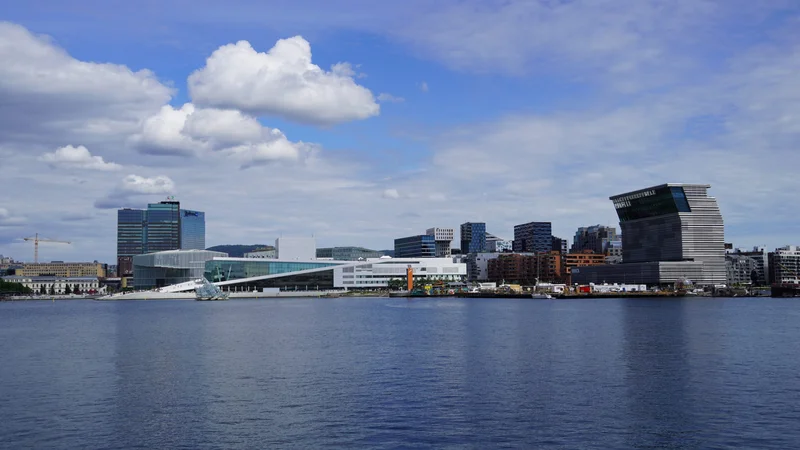Studio Et al.'s renovation of a 100-square-metre apartment in Oslo is being lauded for its minimalist aesthetic and evocation of "kos"—that untranslatable Norwegian feeling of warmth and well-being. Stripping away the superfluous, the designers aimed to create a space where residents could connect with essential and meaningful objects. But the question arises: can a design philosophy, however artfully executed, genuinely manufacture happiness? Or is "kos," in this context, simply a high-end marketing term for a very expensive decluttering exercise?
The article highlights the concept of "minimising rather than adding," claiming this enriches the space. But enrichment for whom? And at what cost? We're told the apartment was stripped of "everything superfluous." What constitutes "superfluous," of course, is entirely subjective (and likely dictated by the designers' aesthetic preferences). The article mentions "few materials," but offers no detail on the quality or origin of those materials. Are we talking sustainably sourced local wood, or imported Italian marble? The devil, as always, is in the details—details conspicuously absent. It feels like the kind of aspirational lifestyle content designed to sell us something.
The central claim hinges on the creation of a home that feels "kos." This is where things get particularly slippery. "Kos," we're told, "cannot be translated, but encompasses the pleasure of being pampered by a warm and welcoming environment." This untranslatability is convenient, isn’t it? It allows for a nebulous, feel-good association without any concrete metrics. How do we measure "kos"? How do we quantify a "welcoming environment"? Is there a "kos per square meter" calculation we're missing? Without a control group (residents living in a non-"kos" apartment of similar size and location), this is purely anecdotal.
And this is the part of the design narrative that I find genuinely puzzling. We're expected to believe that minimalism—often associated with austerity and a deliberate lack of ornamentation—somehow equates to being "pampered." It’s a bold assertion that requires more than just flowery language to back it up. A design firm claiming to have bottled the essence of "kos" feels less like insightful architecture and more like a carefully crafted brand narrative.

The article states the home "invites you to live among objects, not many, but those that are truly essential and meaningful." This raises another crucial question: Who defines what is "essential and meaningful"? The designers? The residents? Or the marketing copywriters? The implication is that these carefully curated objects, chosen to be "experienced and shared," are the key to unlocking this elusive "kos." But what if the residents’ idea of "essential" is a stack of old vinyl records, a well-worn armchair, and a cat? Would those be deemed aesthetically acceptable in this minimalist haven?
What's the cost of these "essential" objects? Are they mass-produced items from IKEA, or handcrafted pieces from artisanal workshops? The article is silent on this point, but it's a crucial one. The price tag associated with minimalist design can be astronomical (think $5000 chairs and $1000 lamps). Can genuine happiness truly be found in objects? Or is this just another form of consumerism disguised as conscious living? We need data on the actual objects chosen, their provenance, and their associated costs before we can even begin to assess the validity of this claim.
The article presents a picture of serene minimalism, promising a life enriched by subtraction and carefully curated objects. But without concrete details on the cost, materials, and, most importantly, the actual lived experience of the residents, it's impossible to determine whether this is a genuine design innovation or simply a clever marketing ploy. The concept of "kos," in this context, feels less like an authentic cultural value and more like a commodity being sold to affluent consumers.
This whole thing feels like a house built on vibes, not numbers. The equation of minimalism + curated objects = happiness ("kos") lacks the rigorous data to support it.